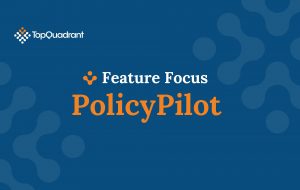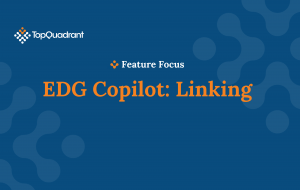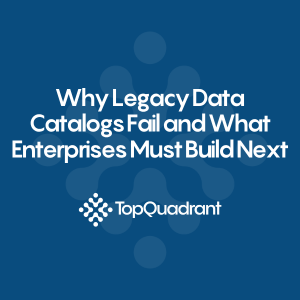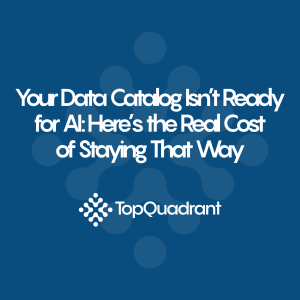Resource Hub
Table of Contents
< All Topics
Print
Data Cataloging with Knowledge Graphs
Today, data catalogs are increasingly recognized as a central mechanism for data management. They have become a critical building block for helping organizations find, inventory, connect and analyze their diverse and distributed data assets — in order to optimize their business use and value. Knowledge graphs are a key technology for data cataloging because they can meaningfully capture and connect the vast variety of enterprise data sources. They can eliminate data and metadata silos, delivering high-value business applications such as complete end-to-end data lineage and “Google-like” semantic search over metadata. In this webinar we will discuss:
- Why flexibility, extensibility and open APIs are a must for data catalogs
- What enterprise data catalogs (internal to an organization) and open data catalogs in government (e.g., using the standards-based DCAT vocabulary) share in common
- The role of knowledge graphs in capturing information about diverse and siloed data assets and in creating semantic relationships between them
- How assets in a data catalog can be contextualized by connecting them to relevant processes, policies and other business information
- How inferencing and machine learning can automate and simplify the process of tagging and connecting data assets
- Why data catalogs are an important step in supporting enterprises’ move towards data lakes
Categories
-
Data Governance65
-
Vocabulary Management9
-
Knowledge Graphs40
-
Ontologies15
-
Data Fabric8
-
Metadata Management17
-
Business Glossaries6
-
Semantic File System9
-
Reference Data Management7
-
Uncategorized2
-
Data Catalogs15
-
Datasets11
-
Taxonomies4
-
News5
-
Policy and Compliance5
-
Life Sciences6
-
Automated Operations6
-
Financial Services9
-
AI Readiness22
-
Podcasts1




